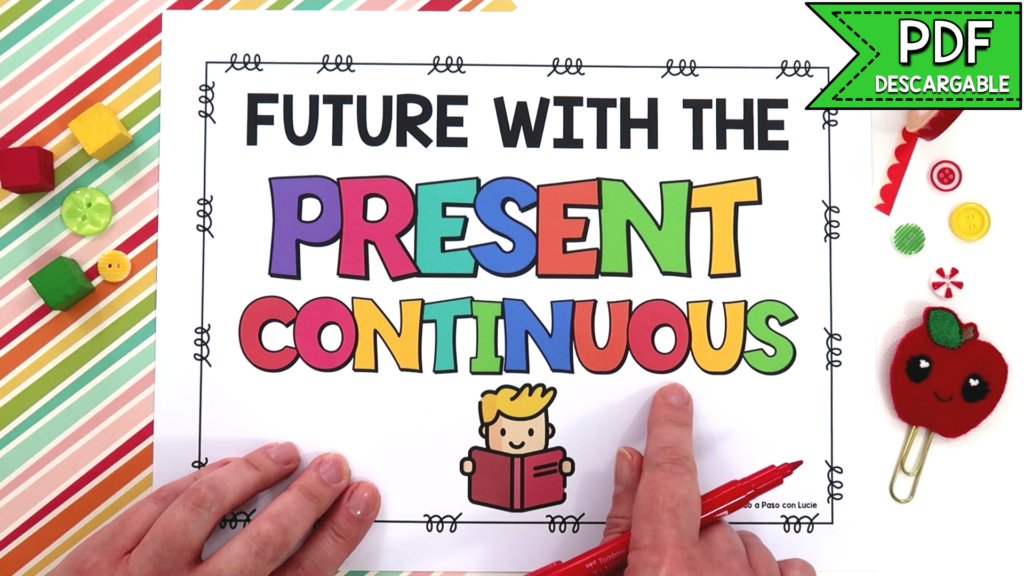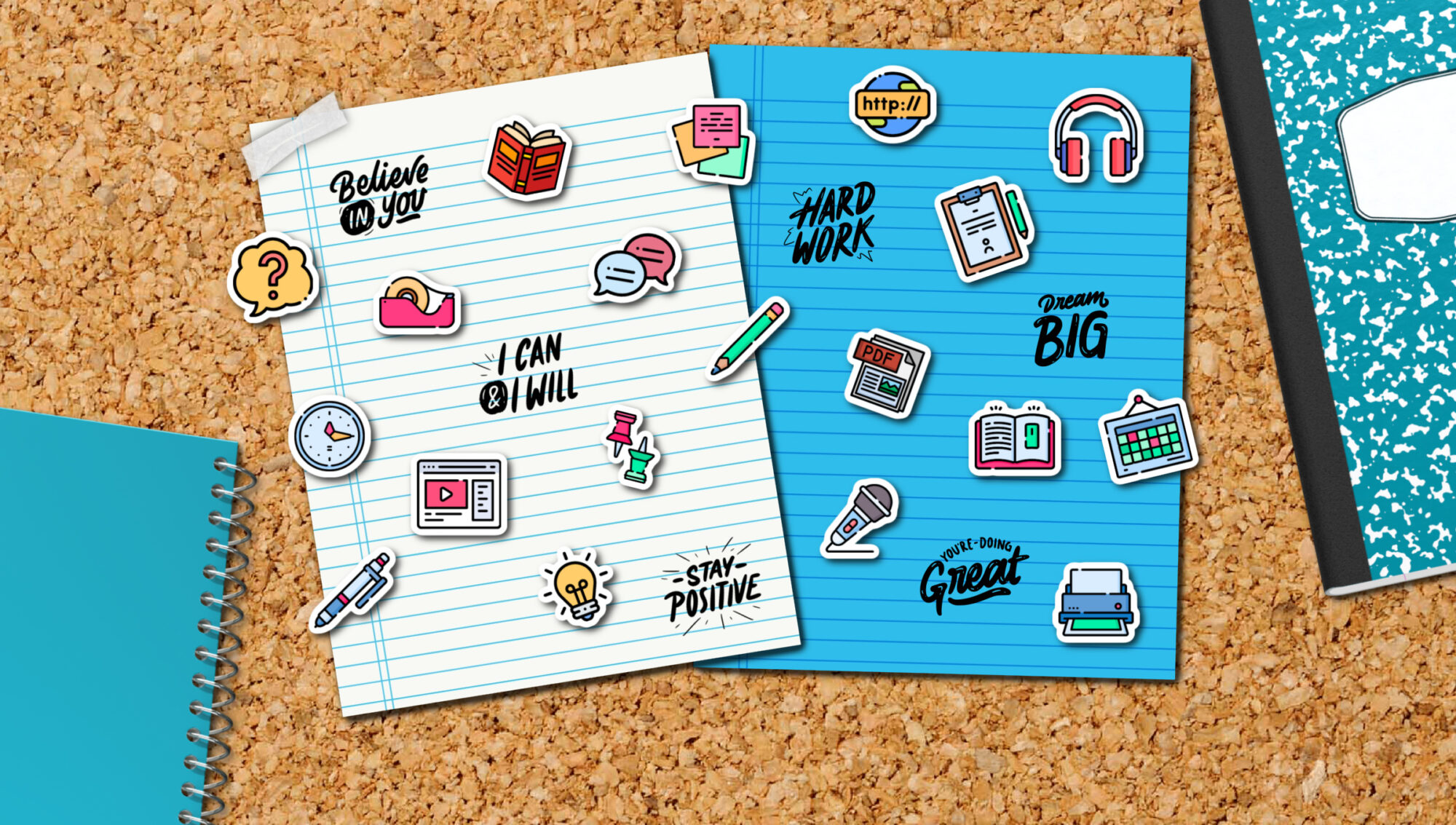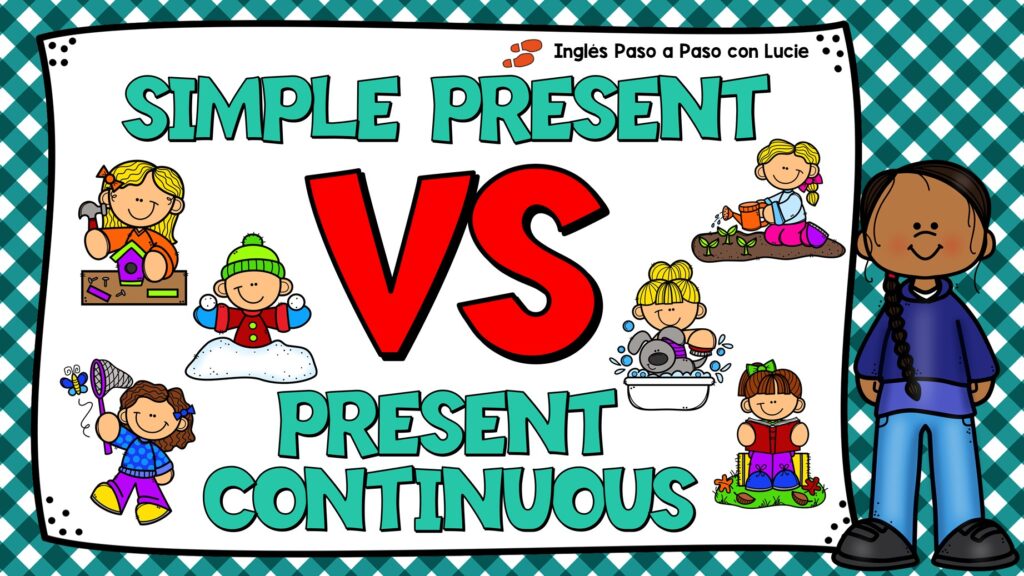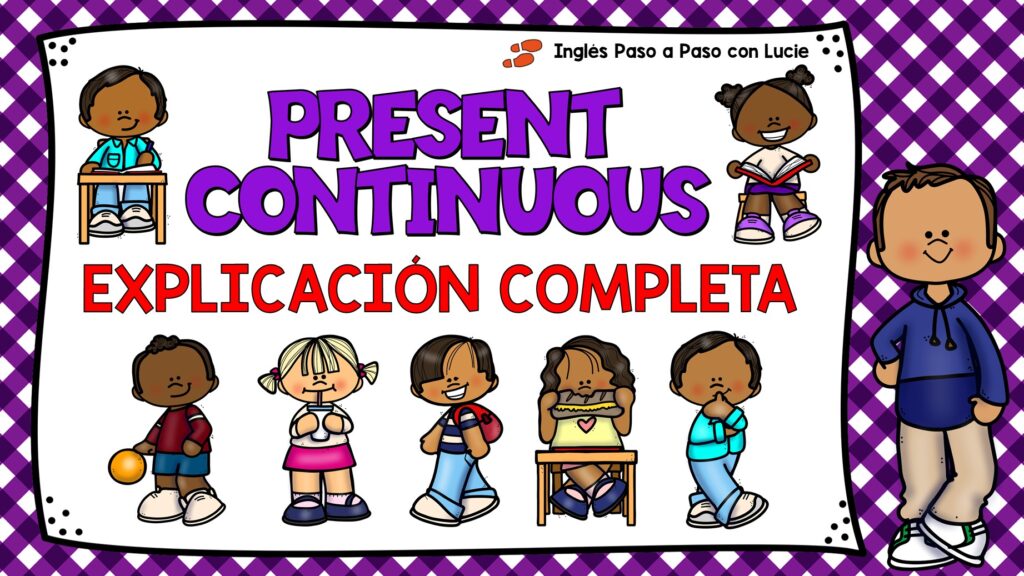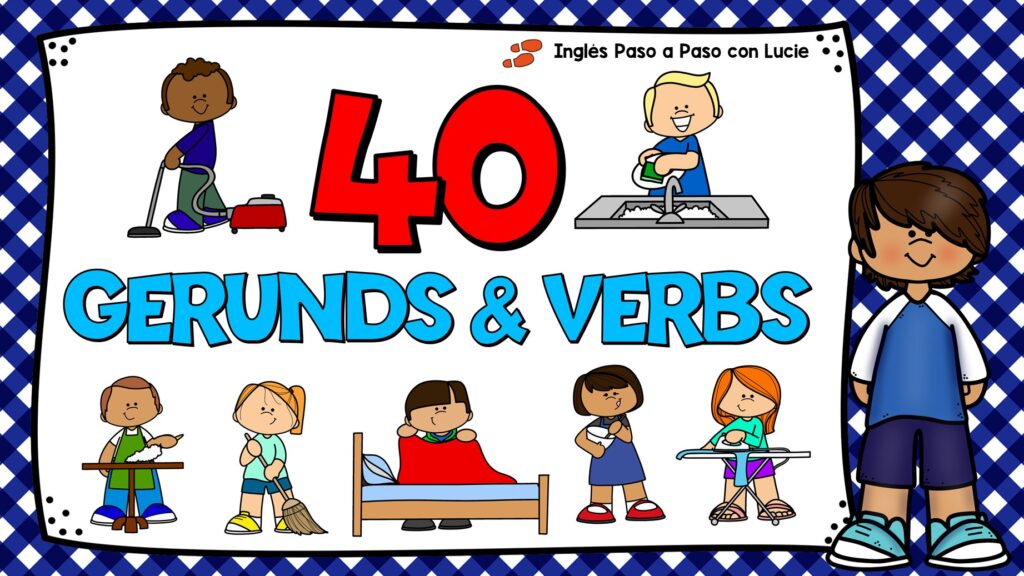FUTURO CON EL PRESENTE CONTINUO EN INGLÉS
¿Se puede hablar del futuro con el Presente Continuo en inglés? Si ya puedes usar el Presente Continuo, hoy vas a aprender a usarlo para hablar acerca de las actividades que tienes planificadas para el futuro.
La estructura es igual, lo único que tienes que agregar es un time marker. Esta es una expresión que nos puede ayudar a indicar si estamos hablando en presente o en futuro.
| TIME MARKERS PRESENTE CONTINUO | TIME MARKERS FUTURO |
|---|---|
| right now | next Monday |
| now | later this month |
| right this minute | tomorrow |
| as we speak | after school |
| just now | in a little while |
| right away | next weekend |
| immediately | next quarter |
EJEMPLOS:
| PRESENTE CONTINUO | FUTURO CON PRESENTE CONTINUO |
|---|---|
| I’m working from home right now. Estoy trabajando desde casa ahora mismo. | I’m working from home next Monday. Voy a trabajar desde casa el lunes. |
| You are traveling to Cancún now. Tú estás viajando a Cancún ahora. Usted está viajando a Cancún ahora. Ustedes están viajando a Cancún ahora. | You’re traveling to Cancún later this month. Tú vas a viajar a Cancún a finales de mes. Usted va a viajar a Cancún a finales de mes. Ustedes van a viajar a Cancún a finales de mes. |
| Jessie’s going to the supermarket right this minute. Jessie está yendo al supermercado justo en este momento. | Jessie’s going to the supermarket tomorrow. Jessie va a ir al supermercado mañana. |
| Luke’s dancing with his friends as we speak. Luke está bailando con sus amigos mientras hablamos. | Luke’s dancing with his friends after school. Luke va a bailar con sus amigos después de la escuela. |
| Spots is fetching the ball just now. Spots está yendo a traer la pelota justo ahora. | Spots is fetching the ball in a little while. Spots va a ir a traer la pelota en un rato. |
| My sister and I are meeting with our family right away. Mi hermana y yo vamos a reunirnos con nuestra familia de inmediato. | My sister and I are meeting with our family next weekend. Mi hermana y yo vamos a reunirnos con nuestra familia el próximo fin de semana. |
| My students are taking a test immediately. Mis estudiantes están tomando una prueba inmediatamente. | My students are taking a test next quarter. Mis estudiantes van a tomar una prueba el próximo trimestre. |
Haz clic en esta imagen para ver el video: (Disponible a partir del 26 de febrero)
